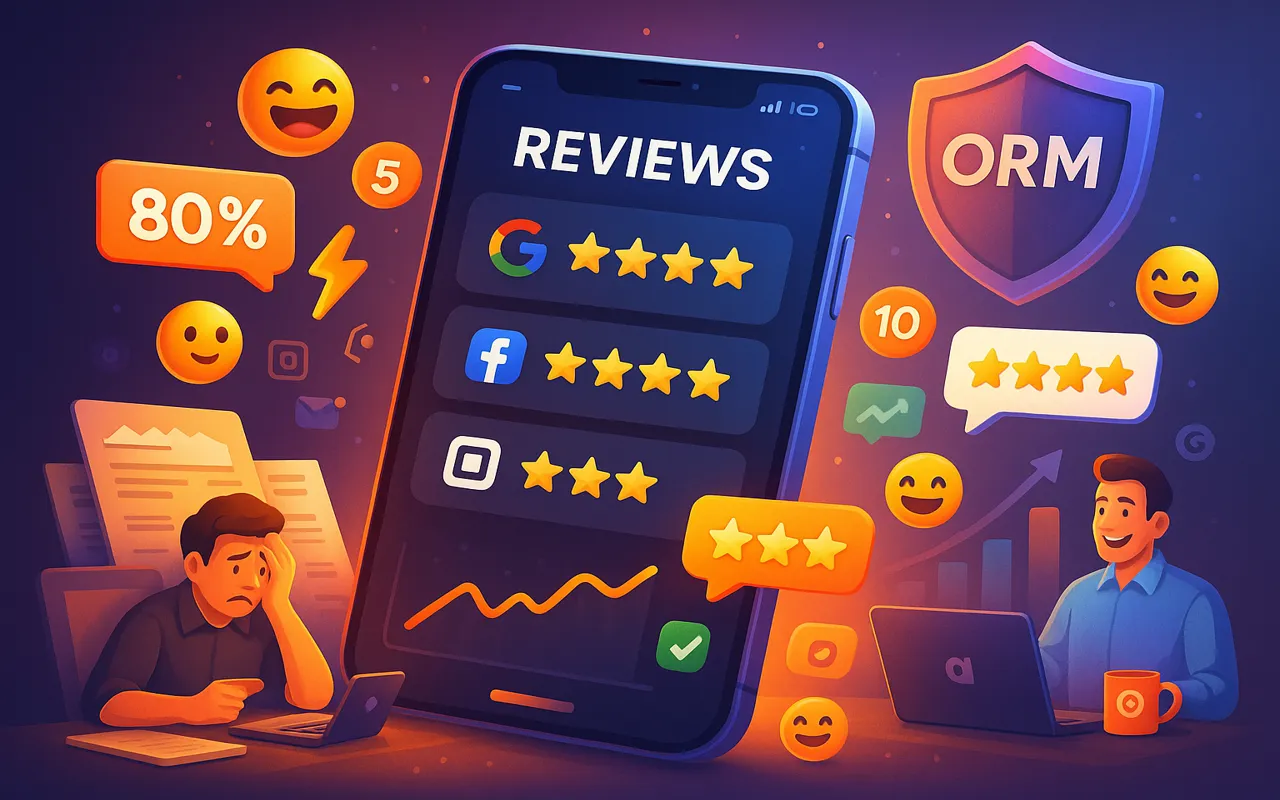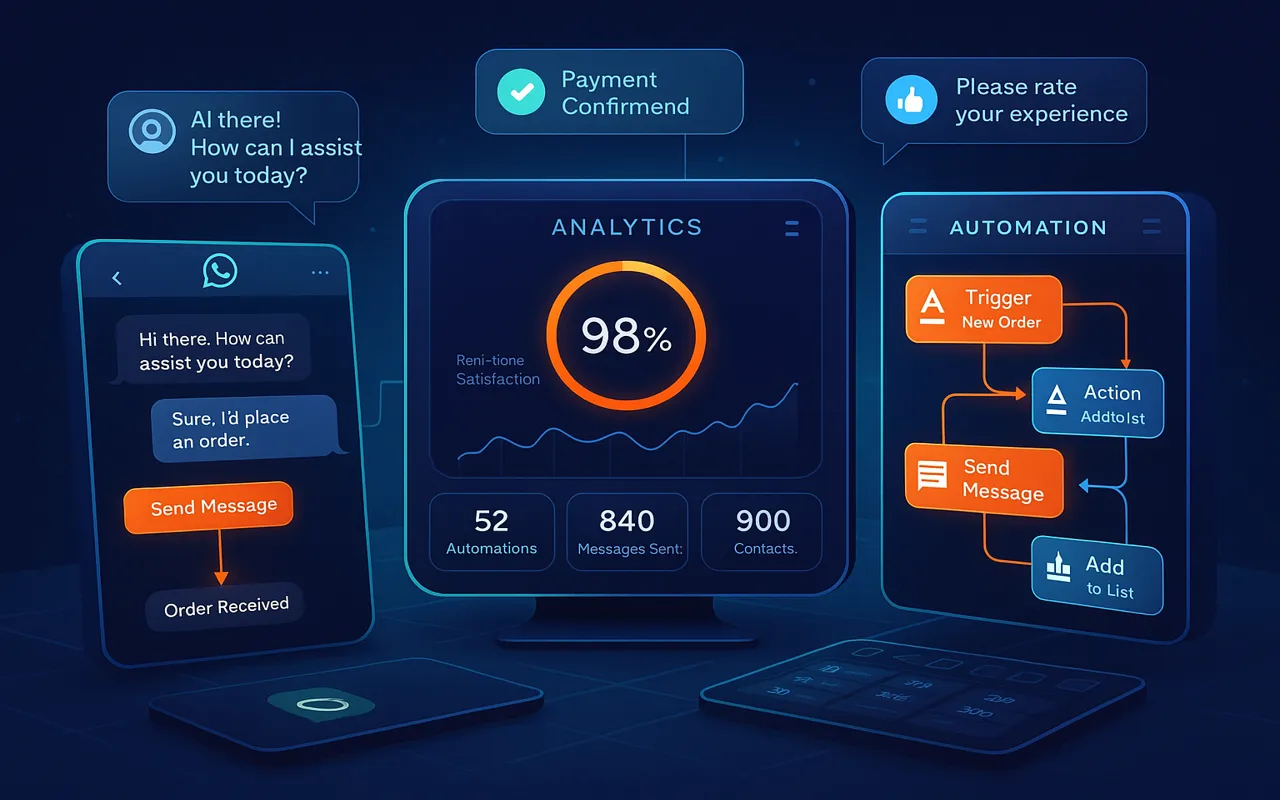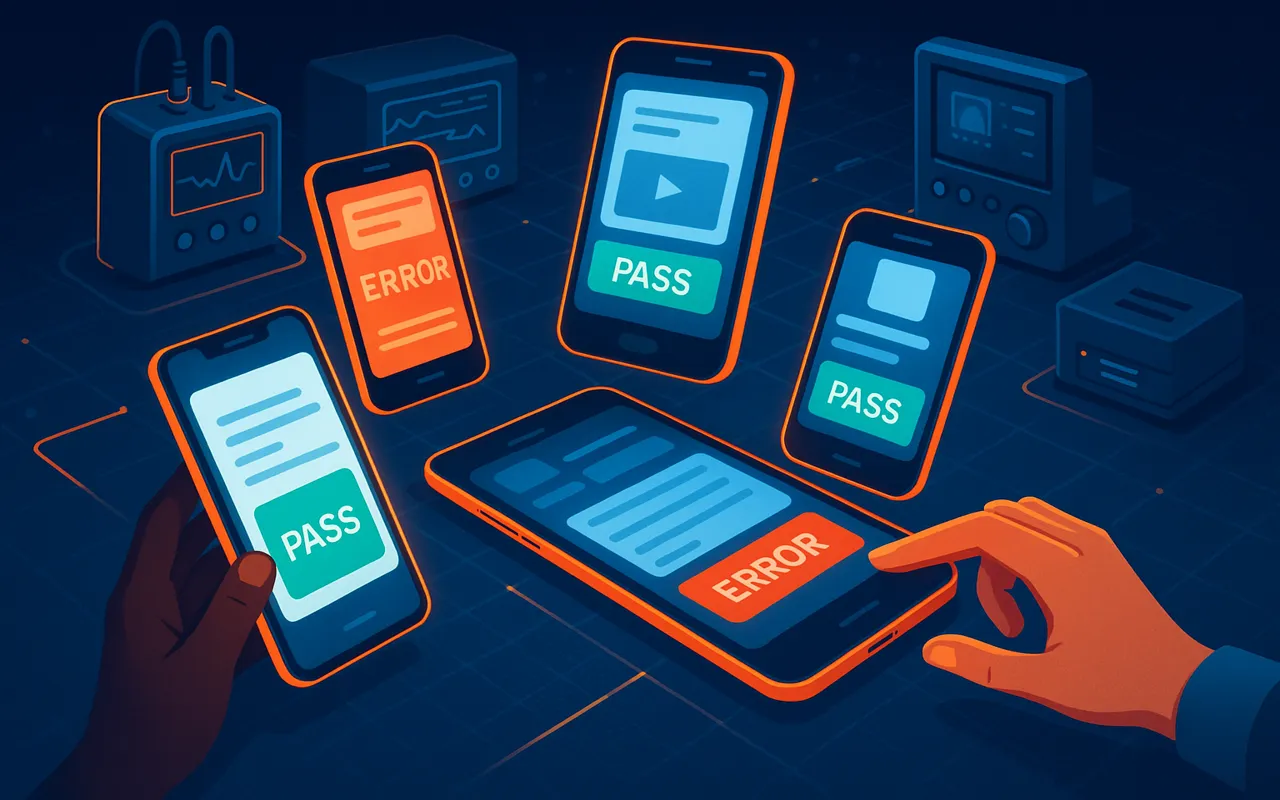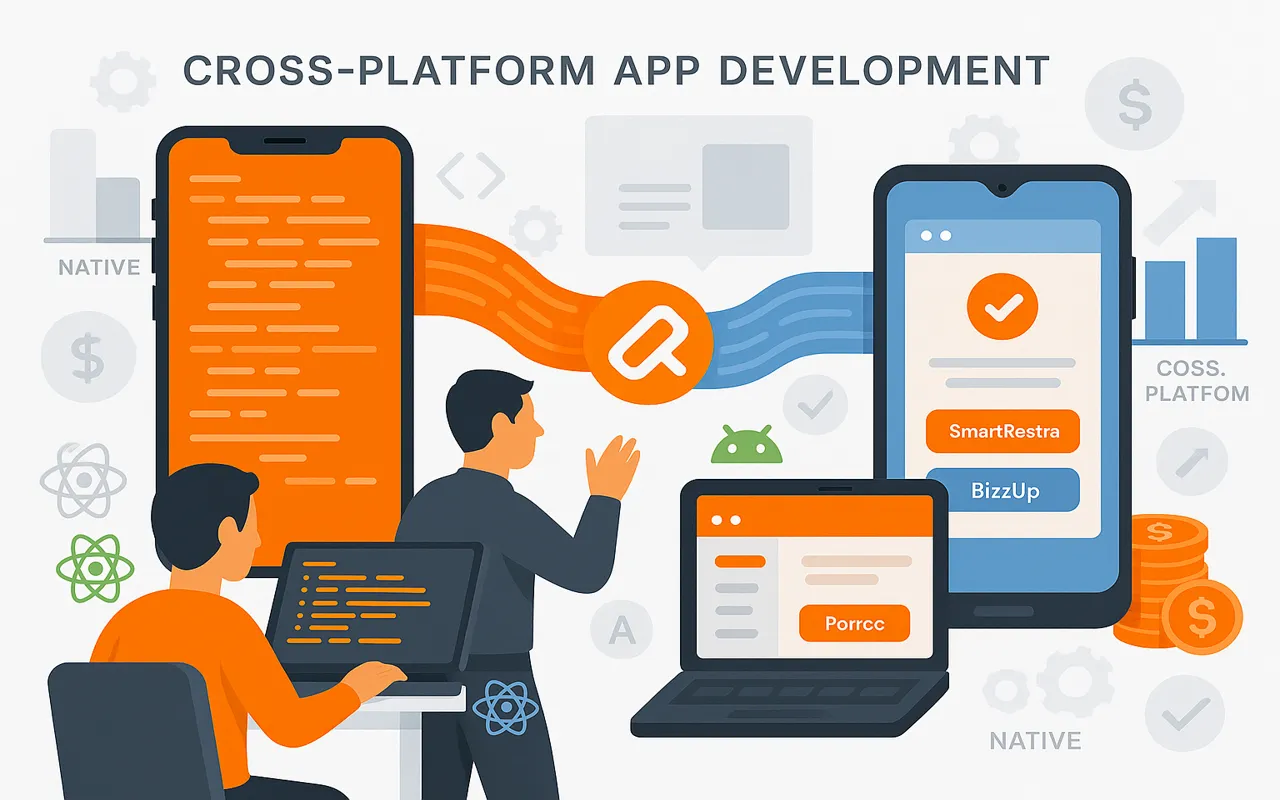The Rise of No-Code and Low-Code for MVP Development
The world of software development has seen a dramatic shift in recent years. Entrepreneurs, startups, and small businesses are increasingly turning to no-code and low-code platforms to rapidly build their Minimum Viable Products (MVPs). These platforms empower individuals with little to no coding experience to create functional applications, reducing the time and cost associated with traditional development. In this blog, we will explore the rise of no-code and low-code tools for MVP development, and how they are revolutionizing the startup landscape.
What are No-Code and Low-Code Platforms?
No-code and low-code platforms are designed to simplify the software development process by offering a visual, drag-and-drop interface for building applications. No-code platforms require no programming knowledge, while low-code platforms offer a combination of visual tools and minimal coding options for developers who want more flexibility.
With these platforms, users can quickly design, develop, and deploy applications such as websites, mobile apps, and SaaS tools without writing extensive code. This is particularly beneficial for startups and entrepreneurs who need to test ideas and get their MVPs to market as quickly as possible.
The Benefits of No-Code and Low-Code for MVP Development
Building an MVP is one of the first steps in testing a new business idea. An MVP is a version of your product that includes only the core features needed to validate your concept and gather user feedback. No-code and low-code tools make MVP development faster, cheaper, and more accessible. Below are some key benefits of using no-code and low-code platforms for MVP development:
- Faster Time to Market: Traditional software development can take months or even years to bring a product to market. No-code and low-code platforms drastically reduce the development time, allowing startups to launch their MVPs in weeks or even days.
- Cost-Effective: Hiring a team of developers for custom software development can be expensive, especially for early-stage startups. No-code and low-code tools eliminate the need for a large development team, cutting costs and enabling startups to build their MVPs with fewer resources.
- Empowerment of Non-Technical Founders: No-code and low-code platforms allow non-technical entrepreneurs to take control of the development process. This reduces reliance on external developers and gives founders the freedom to iterate on their ideas without waiting for a developer to implement changes.
- Flexibility and Scalability: Many no-code and low-code platforms allow users to start with simple prototypes and scale up as their product grows. They offer a flexible solution that can evolve with the business, from a small MVP to a fully-fledged product.
- Improved Collaboration: No-code and low-code platforms often have collaborative features that allow teams to work together in real-time. This fosters better communication and allows for quicker decision-making during the development process.
Popular No-Code and Low-Code Platforms for MVP Development
There are a number of popular no-code and low-code platforms that are widely used by startups to build MVPs:
- Bubble: Bubble is a popular no-code platform for building fully-functional web applications. It allows users to design, develop, and deploy applications without writing a single line of code. Bubble’s visual interface makes it easy to create custom workflows, databases, and integrations, which is perfect for building an MVP.
- Adalo: Adalo is a no-code platform specifically focused on building mobile apps. It provides a drag-and-drop interface for creating apps for both iOS and Android. Adalo offers features like database management, user authentication, and API integrations.
- OutSystems: OutSystems is a low-code platform designed for building enterprise-grade applications. It offers a visual interface with powerful tools for more complex app development, while still allowing for rapid MVP creation. OutSystems is ideal for startups that plan to scale quickly and need more advanced features.
- Appgyver: Appgyver is a low-code platform that allows users to build mobile and web applications without writing code. It is suitable for both beginners and experienced developers and offers a variety of pre-built templates and components for quick MVP development.
- Webflow: Webflow is a popular no-code platform for building responsive websites. It allows users to design, build, and launch websites without code. Webflow is perfect for startups who need to quickly create a landing page or a web app to showcase their MVP to potential customers.
How No-Code and Low-Code Platforms Support Startup Innovation
No-code and low-code platforms are not only useful for MVP development but also for ongoing innovation in startups. Here’s how they can help:
1. Rapid Prototyping and Iteration
Startups need to quickly test and iterate their ideas to validate their market fit. No-code and low-code tools allow startups to build and modify prototypes in a fraction of the time it would take with traditional development. This makes it easier for startups to pivot based on customer feedback and market demands.
2. Accelerating Product Development
Once an MVP has been validated, startups can use no-code and low-code platforms to continue developing and refining their product. These platforms allow for continuous iteration, so startups can improve their product without waiting for lengthy development cycles.
3. Enabling Agile Methodology
No-code and low-code platforms align perfectly with agile development practices. Startups can build MVPs in short sprints, test their assumptions, and quickly iterate to improve the product. This approach enables startups to be more flexible and responsive to changing market conditions.
4. Collaboration Between Teams
No-code and low-code tools foster collaboration between product teams, designers, and developers. Business owners can actively participate in the development process, ensuring that the final product aligns with their vision. These platforms also allow for easy sharing of prototypes and mockups, making it easier to collaborate with stakeholders.
Challenges of No-Code and Low-Code Platforms
Despite the many benefits, there are also some challenges when using no-code and low-code platforms for MVP development:
- Limited Customization: While no-code and low-code platforms provide a range of pre-built templates and components, they may not offer the level of customization that some startups need for complex features or highly specific requirements.
- Scalability Issues: No-code and low-code platforms can be great for building MVPs and small-scale applications, but they may struggle to scale as the product grows and the user base increases.
- Dependence on Platform: Startups relying heavily on no-code and low-code platforms may become dependent on the platform’s features and limitations. Migrating to a custom-built solution later can be time-consuming and costly.
- Security Concerns: No-code and low-code platforms may not offer the same level of security as traditional development, which could be a concern for startups dealing with sensitive user data.
Conclusion
No-code and low-code platforms have revolutionized the way startups build and launch MVPs. By reducing development time and costs, these platforms enable entrepreneurs to focus on validating their ideas and creating products that meet customer needs. While there are some challenges to consider, the benefits of no-code and low-code tools far outweigh the drawbacks, especially for early-stage startups looking to test and iterate quickly.
As the no-code and low-code movement continues to grow, we can expect more startups to embrace these platforms as a means to accelerate innovation and bring their ideas to life faster than ever before.
8 comment on “The Rise of No-Code and Low-Code for MVP Development”
Leave a Reply
Your email address will not be published.
Ready to build your dream product?
Whether it’s a sleek mobile app or a full-stack platform, our experts are here to help.












Comment: I’m using Bubble for my MVP – no-code FTW!
Comment: No-code tools are revolutionizing MVP development. Exciting to see how fast development can be without writing a single line of code.
Comment: This post nailed the essentials for paid ad beginners.
Comment: We got 5x ROAS using similar tactics.
Comment: Love the part about budget allocation strategy.
Comment: Finally someone talks about accessibility in dark mode!
Comment: Great breakdown of contrast ratios.
Comment: We launched dark mode last week—this validated a lot!